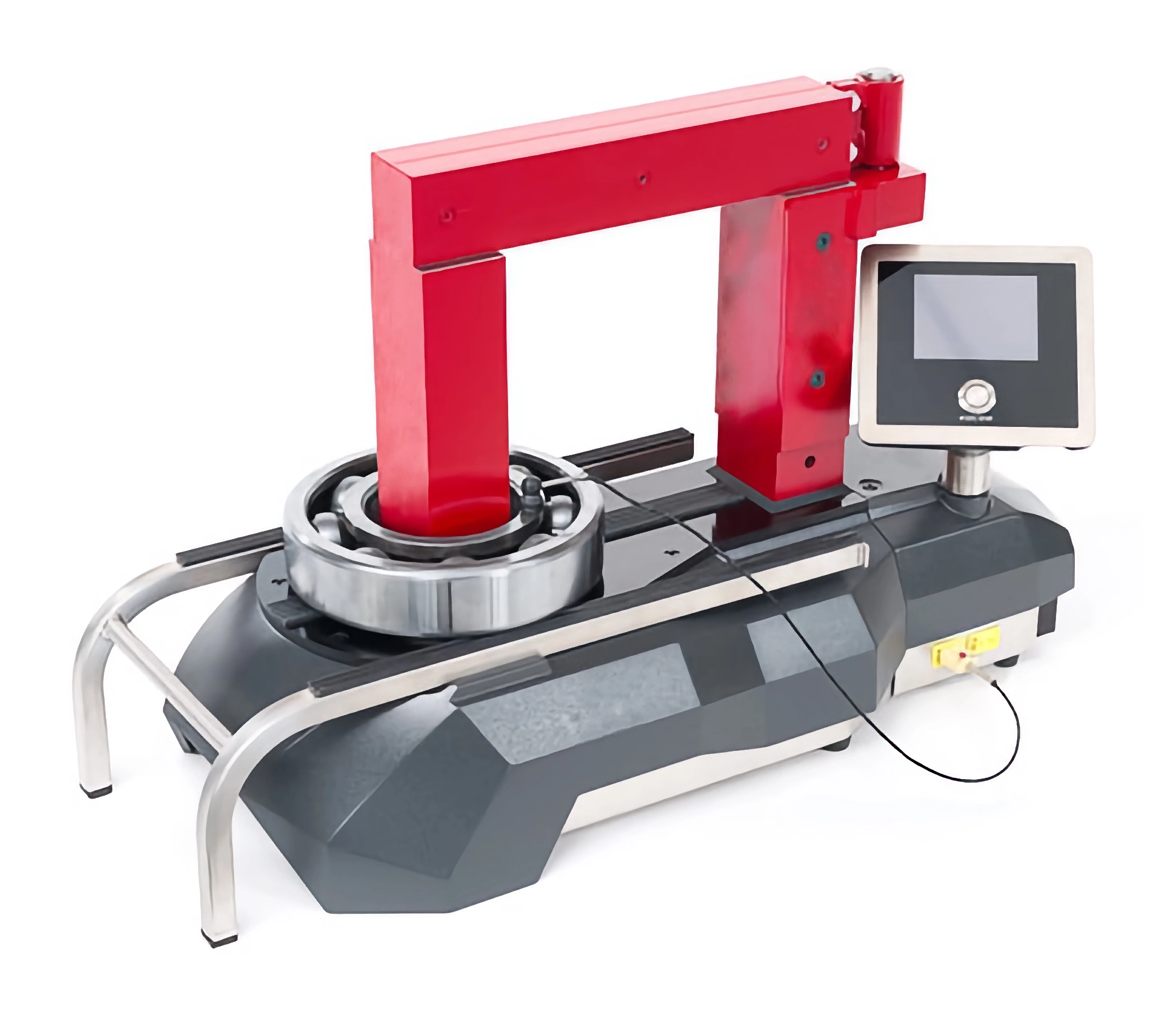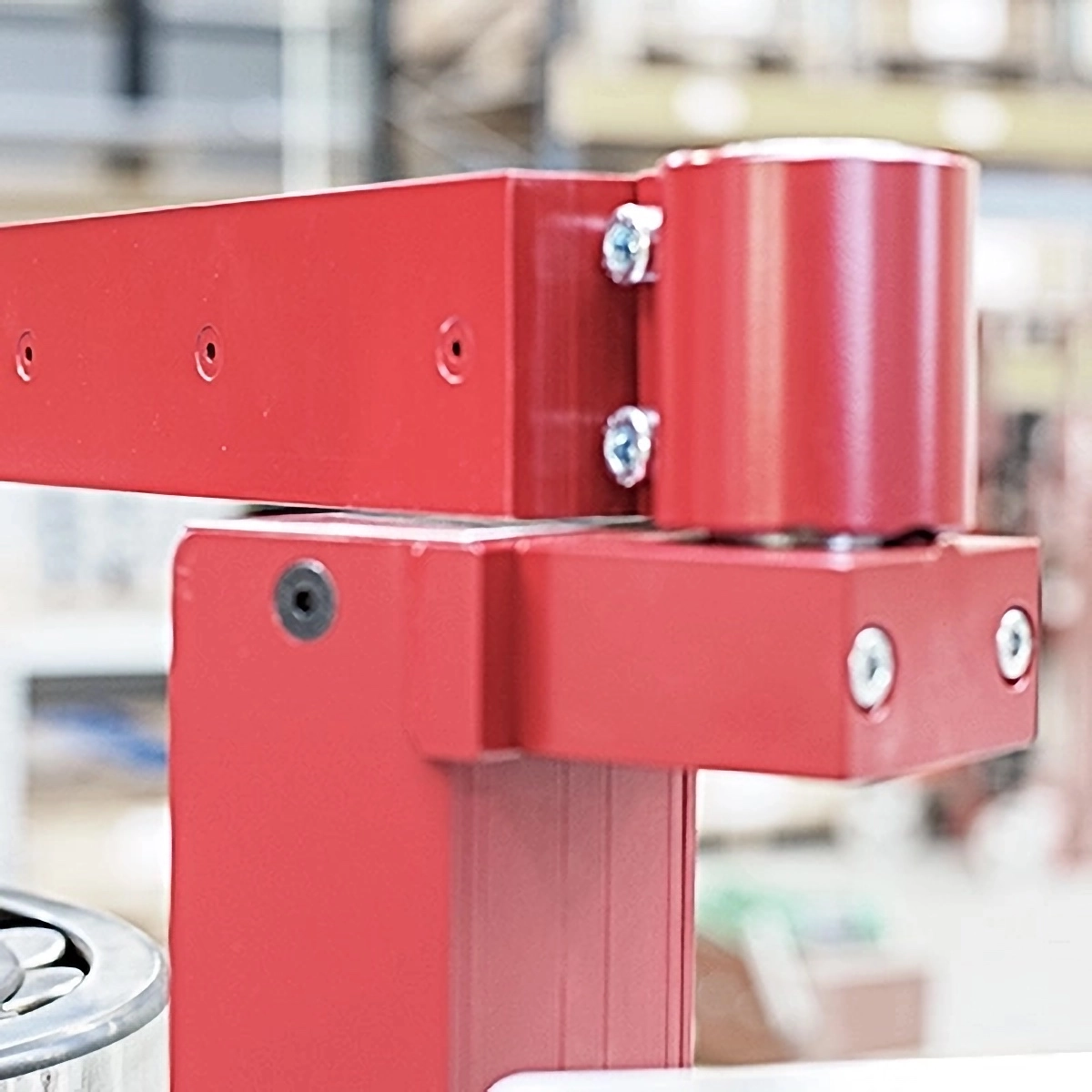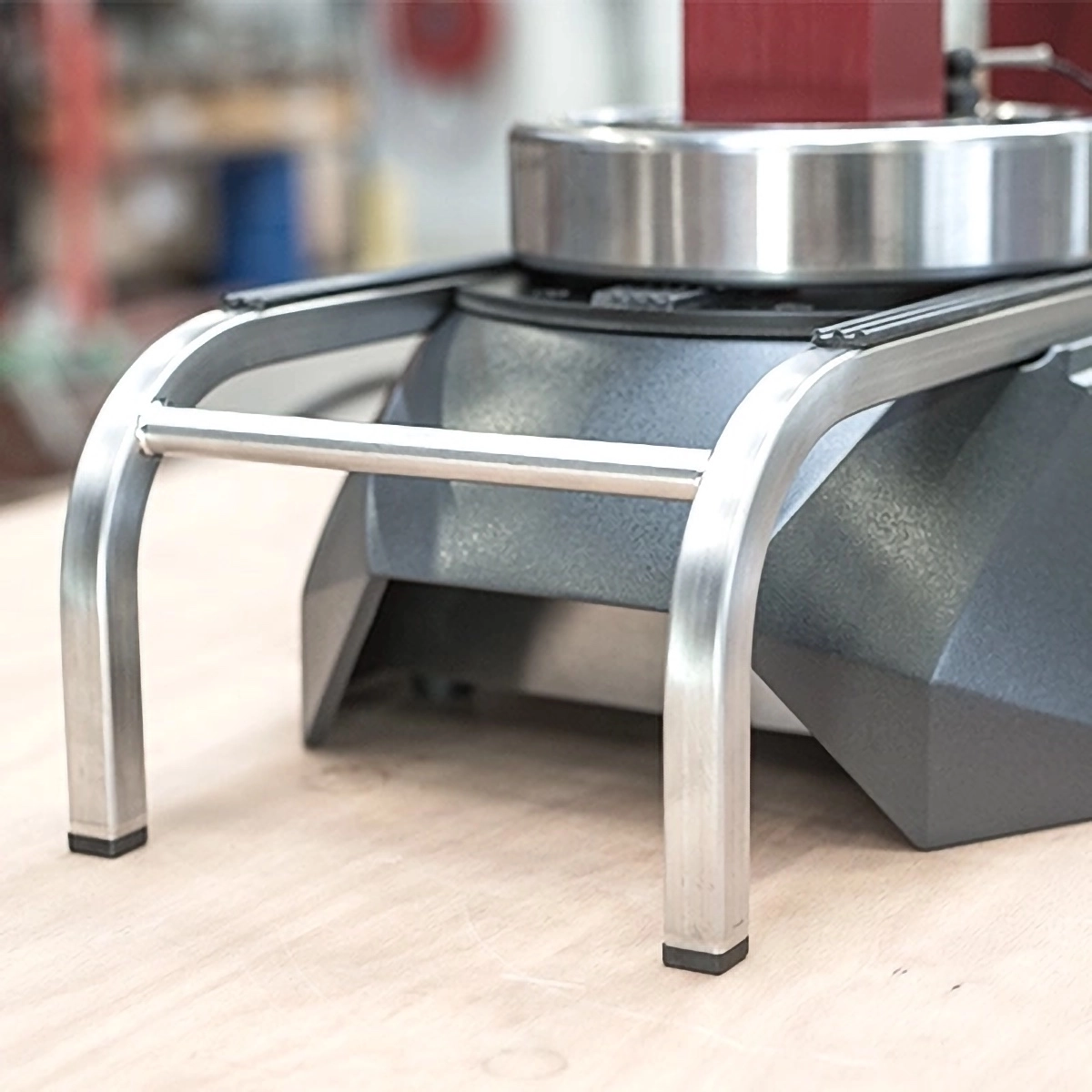Induction heating is a non-contact method of heating electrically conductive materials, primarily metals, using electromagnetic induction. The process relies on creating an alternating magnetic field around the material, which induces an electric current (eddy currents) within it. These currents generate heat due to the material's electrical resistance, effectively heating it from within. Induction heating is widely used for various industrial applications, including shrink-fitting, hardening, brazing, welding, and preheating before further processing.
How does induction heating work?
The induction heating process involves three main components:
- Induction coil (inductor): A coil through which alternating current (AC) flows, creating a magnetic field around the material being heated.
- Workpiece (material): The metal or material placed within the magnetic field generated by the inductor.
- Power source: A power generator that supplies the AC to the coil.
When the workpiece is placed inside or near the induction coil, the magnetic field induces eddy currents within the material, generating heat due to the material's electrical resistance. The key advantage of induction heating is its ability to heat only the specific area required without affecting surrounding materials, ensuring precise, efficient, and uniform heating.
Applications of induction heating
Induction heating is commonly used in industries like automotive, aerospace, energy, and manufacturing for tasks such as:
- Shrink-fitting: Heating a part to expand it and then cooling it to fit tightly onto another component.
- Hardening: Heat-treating materials to improve their surface hardness and wear resistance.
- Brazing and welding: Joining metals using a filler material, where induction heating provides controlled and localized heating.
- Preheating: Preparing materials for further processes like forging or machining.
Advantages of induction heating
- Precision: Induction heating allows for highly localized heating, reducing the risk of overheating surrounding areas.
- Speed and efficiency: The process is rapid, heating materials quickly and efficiently, leading to reduced processing times.
- Energy savings: Since the heating occurs directly within the material, there is minimal energy loss, making it an energy-efficient method.
- Non-contact heating: The material is heated without direct contact with the heating element, reducing the risk of contamination or wear.
- Safety: Induction heating minimizes the exposure to open flames, making it a safer option in industrial environments.
Induction heating equipment from TEQTO
TEQTO offers a wide range of induction heaters suited for various industrial applications, including our Suretherm, Easyheat, and Easytherm series. These advanced heaters feature precise temperature control through dual sensor technology, ensuring stress-free heating for tasks like shrink-fitting, hardening, and component assembly. Whether you're working with small bearings or large industrial parts, TEQTO’s induction heaters provide efficient, controlled heating for every task.
Induction heating is a versatile, efficient, and safe method widely adopted in many industries. By leveraging advanced induction heaters, professionals can achieve precise, reliable, and energy-efficient heating tailored to specific applications.



